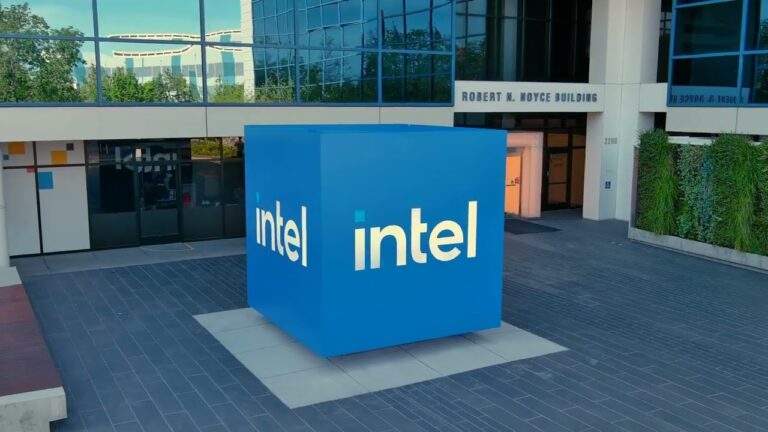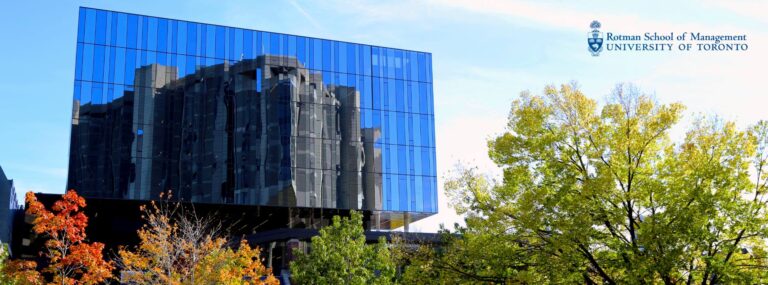The most recent employment data released on Friday at 8:30 a.m. ET was startling, with only 114k new jobs added in July. This represents a significant shortfall compared with the anticipated consensus of 176k and has pushed the unemployment rate up from an eight-year low of 4.1% to 4.3%. The rise is worrying for economists and investors as it may signal cracks in the economy’s foundation.
Commenting on the shifting economic indicators Guy Berger, Director at Burning Glass Institute said; “We’re seeing more data now that raises caution,” he noted highlighting the move from positive towards more concerning economic signals.
However, there were other signs of cooling labor market last month like declining hires as shown by Labor Turnover Survey (JOLTS) for June and reversion of numbers to pre-pandemic levels on job starts seen before pandemic happened among other aspects such as a plateau in quitting rates back to pre-pandemic levels suggesting potential changes in worker confidence regarding future prospects.
Nevertheless, even though job cuts are yet to follow low layoff figures which usually lag behind hiring trends, there is overall slowing down in hiring. Skanda Amarnath of Employ America said that “the decline in hiring is often a sign of an impending recession, although not always.”
Economic Slowdown Signals
Other signs are emerging that are pointing towards a slowdown in economic activity. The Conference Board’s employment trend index dropped again for a second month running into July. Although higher than during recessions, it has gone up even further recently while still below those levels as some employers have started facing difficulties when trying finding qualified staffs. In addition, wage growth has begun decelerating so much so private sector wages increased at their slowest rate since September according to the employment cost index.
Accordingly, this current job report triggers a key recession indicator – Sahm’s rule, named after economist Claudia Sahm. According to this rule, if the three-month average unemployment rate rises by 0.5% or more from its pre-yearly minimum level, there is an onset of the recession. “Present weaknesses may be overstated by the rule but underlying problems imply that the labour market is weakening,” says Sahm who now works at New Century Advisors.
Even as Amarnath remains cautiously optimistic; suggesting significant labor force participation among prime working age adults and steady recent hiring trends he warned that we are still near what most economists consider full employment.” We’re still close to what can be considered full employment”.
Alí Bustamante of the Roosevelt Institute expressed similar views arguing in favor of reevaluating what full employment means based on current labor market dynamics. He says, “An unemployment rate of 4.3% would not have shocked people years ago.”
Going forward, the Federal Reserve plays a central role. Some economists call for a cut to borrowing costs and an increase in consumer spending as job growth and wage gains peter out. However, with next review scheduled for September, they opted not to cut rates at their July meeting.
As such concerns arise over whether it’s time for Federal Reserve Chairman Jay Powell to take action towards intervention.“The Fed has some leeway, but it’s limited,” Berger concluded noting that navigating through unsteady economic landscape will require careful monetary policy adjustments”.




+ There are no comments
Add yours